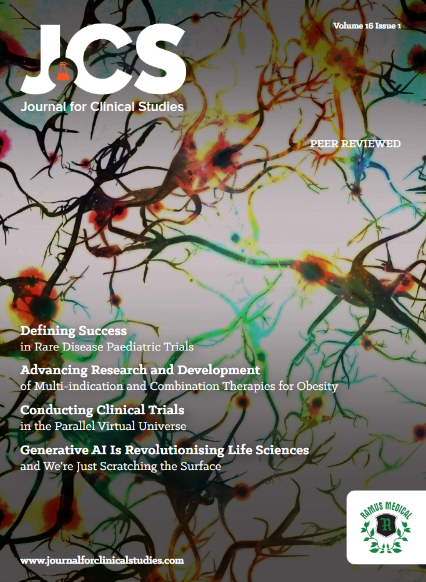Injuries to the spinal cord can cause permanent paralysis and even lead to death, with little or no hope of regaining lost functions once the trauma has occurred. News of my spinal cord research first came to prominent public awareness in the 1980s with a front-page story in The New York Times entitled, “Rat Nerves Repaired and Rejoined with Spine” which chronicles our presentation at the annual Society for Neuroscience meeting, the first time crushed peripheral nerves were successfully regenerated back into the spinal cord.
Regeneration of the nerves inside the spinal cord itself after injury, a far more complex challenge, is coming closer to fruition as a Canadian company I have partnered with is tasked with developing my discoveries with the goal of conducting human clinical trials. My team at Case Western Reserve University Medical School and I are working to understand why nerves that are damaged through spinal injury don’t regenerate and to identify non-invasive, easy-to-administer strategies that can promote robust functional recovery.
Can Damaged Nerves Regrow?
My research began by investigating whether it was even possible for an adult nerve cell to regrow within the environment of the damaged adult spinal cord. It had long been thought that this was impossible. Nerve cells consist of elaborate long extensions (axons) that grow out from the main cell body. It is these axons that make the connections called synapses with other nerve cells, and it is the axons within the spinal cord that are severed when the bony spine is impelled into the cord when it is violently broken. Axons can be incredibly lengthy, some reaching almost the entire span of our bodies. One challenge for researchers working in the field of spinal injury was to determine whether damaged axons have the intrinsic capacity (i.e., a strong enough growth motor) so that, in principle, they had at least the potential to replace the damaged ones.
My team and I found that this was possible, even long after the damage had occurred. To demonstrate this, we conducted a simple experiment. First, we purified in cell culture, fully adult nerve nells that were genetically prelabelled with a fluorescent protein so that the cells could be easily visualised. The first step served not only to harvest the nerve cells but also to cut all the axons away from the cell bodies that, nevertheless, remain alive. Next, we collected the axon-less nerve cell bodies and very gently re-implanted them into the pre-lesioned spinal cord of an unlabelled adult host animal so as not to create any damage or scarring at the implant site.
It was a huge surprise to the scientific community when we found that axons could, indeed, grow robustly in the spinal cord and reach out quickly over long distances. However, we also found that when the new axons reached the area of severe lesion damage and scarring, they stopped growing abruptly and started to deteriorate. We suspected that there was some sort of chemical produced by the scar tissue around the break itself that was hostile to axons and stops even exuberantly growing new ones from extending further.















